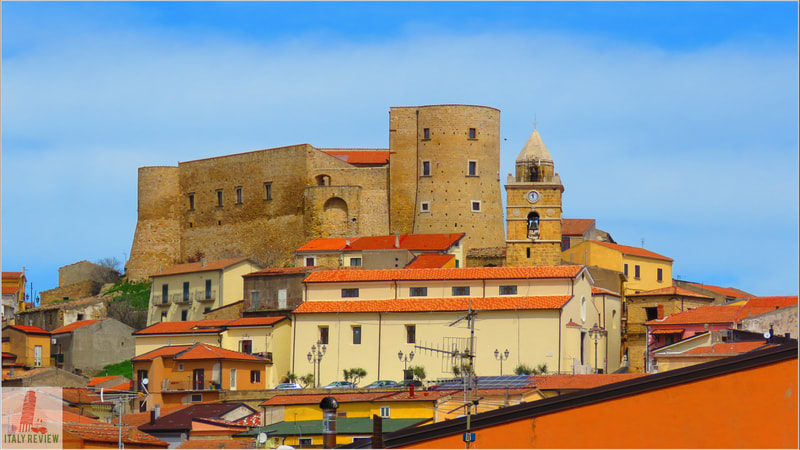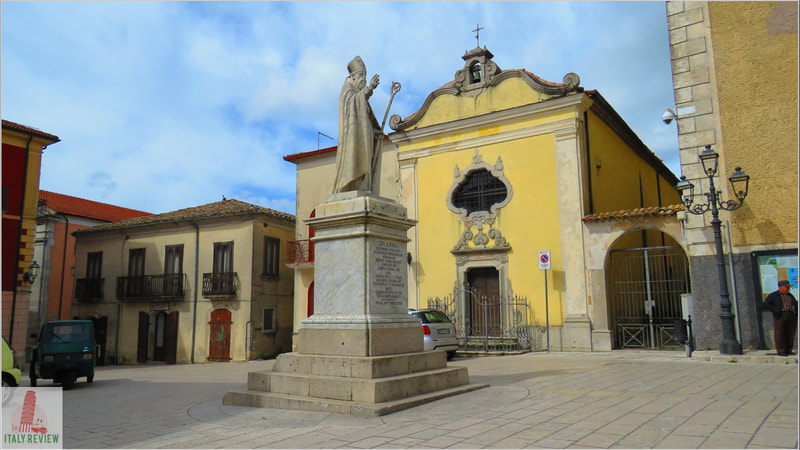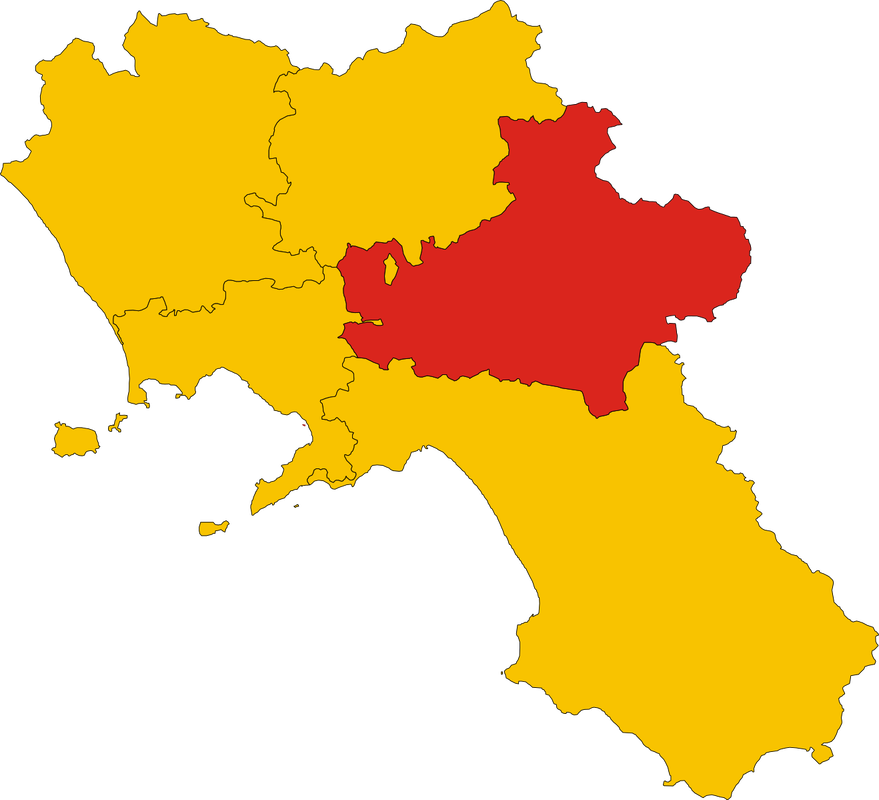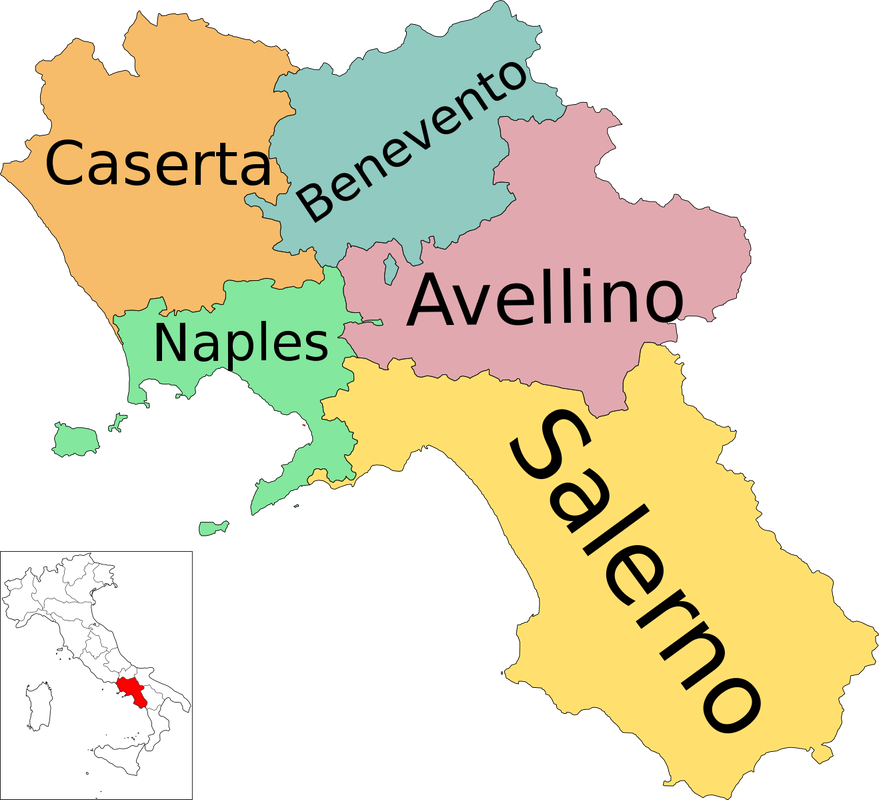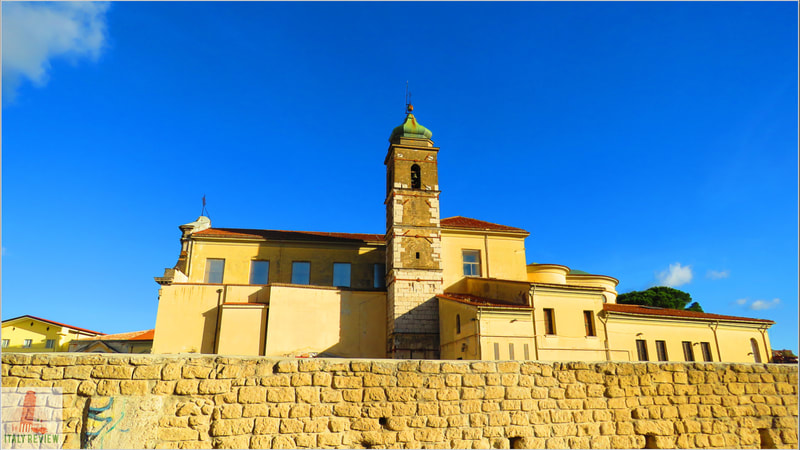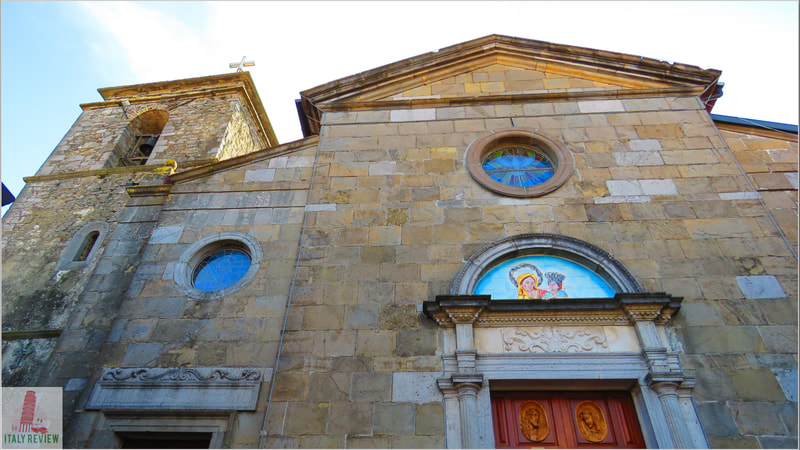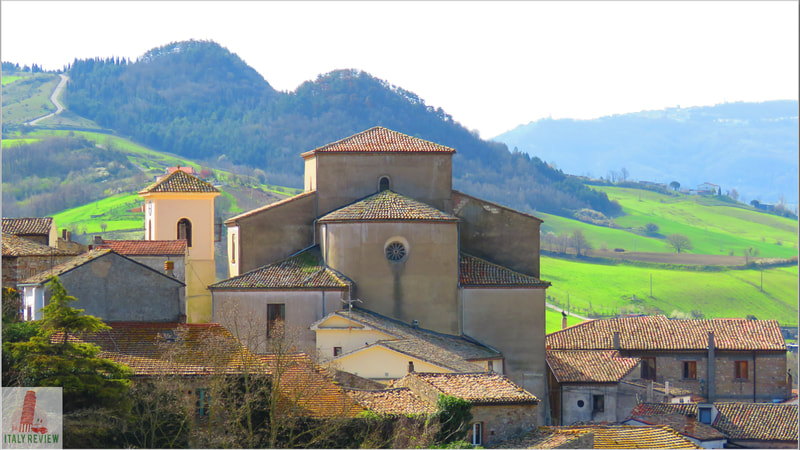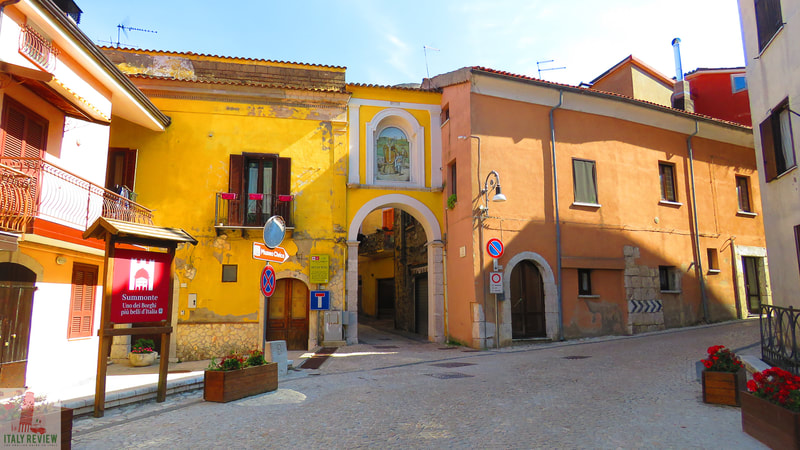Avellino Province
|
By Dion Protani
|
Latest update: 22 November 2023
|
|
The Avellino Province occupies a geographical area of 2,806 square kilometres including the provincial capital: Avellino.
Within the province there are 118 provincial towns, which contain a total population of around 418 thousand inhabitants. Among the highlights of the province are the historic villages of Zungoli, Monteverde, Savignano Irpino and Nusco. |
Related links
Profile
Avellino Province, located in the Campania region of southern Italy, is a diverse and picturesque area known for its rich history, beautiful landscapes, and cultural heritage. The province is characterized by its rolling hills, vineyards, and charming villages, making it an attractive destination for travelers seeking a taste of authentic Italian life.
History
The history of Avellino Province dates back to ancient times, with evidence of early settlements found in archaeological sites throughout the region. During the Roman era, Avellino prospered as an important stop along the Via Appia, the ancient Roman road that connected Rome to the southern regions of Italy.
Over the centuries, the province witnessed various rulers, including the Lombards, Normans, and the Kingdom of Naples.
Over the centuries, the province witnessed various rulers, including the Lombards, Normans, and the Kingdom of Naples.
Travel
Avellino Province is easily accessible from Naples and other major cities in southern Italy. The province is well-connected by train, bus, and car. Visitors can rent a car to explore the picturesque countryside and charming villages at their own pace.
Highlights
- Scenic Landscapes: Avellino Province is known for its beautiful countryside, with vineyards, olive groves, and chestnut forests covering the hills. The province is part of the Apennine mountain range, offering opportunities for hiking and enjoying breathtaking views.
- Historical Sites: The province boasts numerous historical sites and medieval villages, each with its own unique charm. Some of the must-visit places include the medieval town of Sant'Angelo dei Lombardi, the Roman ruins of Aeclanum in Mirabella Eclano, and the ancient amphitheater in Avella.
- Wineries: Avellino is famous for producing high-quality wines, particularly the DOCG-certified Fiano di Avellino and Greco di Tufo. Wine enthusiasts can visit local wineries for tastings and to learn about the winemaking process.
- Montevergine Sanctuary: Situated atop Mount Partenio, the Montevergine Sanctuary is an important pilgrimage site dedicated to the Madonna of Montevergine. The sanctuary offers stunning panoramic views and a peaceful atmosphere.
- Traditional Cuisine: Avellino Province is renowned for its traditional Campanian cuisine. Visitors can savor dishes like "Ragù alla Napoletana," "Pizza Margherita," and "Pastiera Napoletana," a delicious dessert made with ricotta cheese and wheat.
- Festivals and Events: Throughout the year, Avellino hosts various cultural and religious festivals, showcasing the province's rich traditions and heritage. One of the most famous events is the Festival of San Michele, celebrated in Montella every September.
- Nature Reserves: Nature lovers can explore the beautiful nature reserves in the province, such as the Partenio Regional Park and the Laceno Lake area, perfect for hiking and wildlife observation.
Provincia di Avellino
Neighbouring region: Puglia, Basilicata

